
|
|
Big Things on the Horizon from Elon Musk
Exploring Musk’s futuristic projects and what they could mean for us
Elon Musk can be compared to inventors and industrialists like Thomas Edison, John D. Rockefeller, & Andrew Carnige & Wernher von Braun for his bold ideas and ambitions. From social media to rockets, his ventures stretch across industries. Below is an updated look—grounded in public reporting—at what’s next for his empire.
X (formerly Twitter)
INSERT GRAPHIC HEREWhen Musk acquired Twitter (now rebranded as X), he aimed to turn it into more than just a social network. X now serves as a major channel for news, opinion, and data that feeds into Musk’s AI ambitions.
- In March 2025, Musk’s AI company xAI formally acquired X in an all-stock deal, valuing X at about $33 billion and merging it with xAI’s AI operations.
- X has drawn regulatory scrutiny in some countries. For instance, an Indian High Court ruled against X’s challenge to a content-removal mechanism that would allow removal requests through a government portal, which X has said threatens free speech.
- Advertising revenue is showing signs of growth, though challenges remain. In 2025, X posted about $707 million in revenue in the quarter ending June 30.
- The previous CEO, Linda Yaccarino, stepped down after two years of navigating the platform through turbulence and advertiser exodus.
Grok AI & xAI
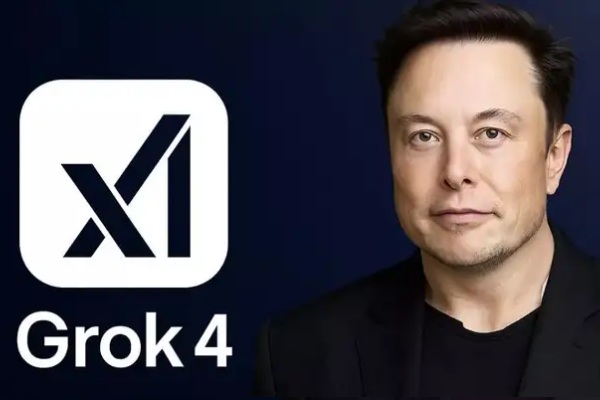
Grok is the generative AI chatbot model developed by xAI, Musk’s artificial intelligence venture. It draws data from X, among other sources, to train conversational and predictive models.
- xAI and SpaceX reportedly agreed to invest $2 billion into the AI venture, showing Musk’s willingness to move capital across his companies.
- OpenAI, the maker of ChatGPT, has filed a motion to dismiss a lawsuit from xAI alleging trade-secret theft. This is part of the growing tension between Musk’s AI ambitions and established AI firms.
- Grok is tied deeply into Musk’s other projects: it is meant not just as a chatbot, but as a core intelligence engine that can power new applications, content engines, autonomous agents, and more.
- xAI has filed a trademark for **Macrohard**, suggesting the generative AI will expand into full software creation (see next section).
MacroHard (AI Software Company)
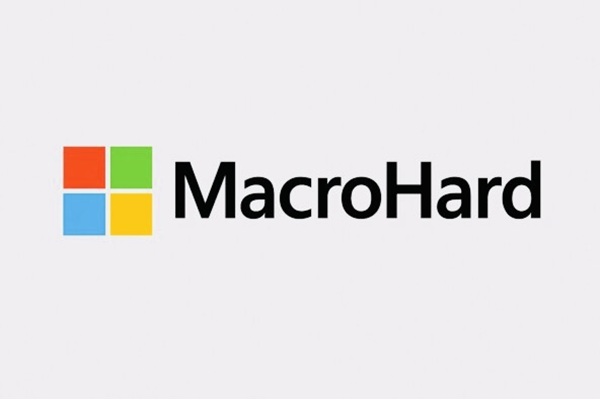
MacroHard is one of Musk’s boldest recent launches. Announced via Musk’s posts on X, MacroHard aims to compete with Microsoft—and even simulate the operations of a full software firm—using AI rather than conventional human teams.
- Musk called it a “purely AI software company”—essentially meaning that code, testing, updates, product management, and deployment are handled by AI agents.
- xAI has already filed a U.S. trademark for “MacroHard,” covering AI-based software, chatbot tools, generative modeling, and more.
- The venture is still nascent, and many questions remain: How reliable can fully AI-run software be? Will enterprises trust it? Can it truly replace human engineers? Some analysts see it more as symbolic of the direction Musk wants to push AI rather than a proven business yet.
Grokipedia
INSERT GRAPHIC HEREGrokipedia is Musk’s proposed AI-driven knowledge base meant to rival Wikipedia. The idea is for Grok-generated articles to be continuously updated, with human oversight to reduce error or bias. Musk has long criticized Wikipedia’s editorial choices, calling it “Woke-ipedia.”
The project remains in early stages, and how it will balance accuracy, neutrality, and transparency is a challenge—since generative AI models can hallucinate or drift from facts.
Neuralink
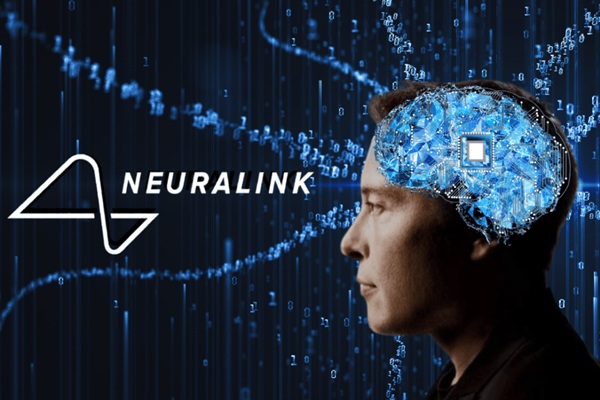
Neuralink works on brain–computer interfaces (BCIs) that could restore lost capabilities, such as vision or motor control, for people with severe neurological conditions.
- In 2025, Neuralink reported success in implanting two patients (Patients 8 & 9) in a single day for the first time. Both are said to be recovering well.
- The technology is being tested for treating disorders like ALS (amyotrophic lateral sclerosis) and spinal cord injuries. Musk has also suggested eventual uses in mood regulation, memory, or even direct human–AI interfacing.
- Neuralink publishes updates on their official site, providing glimpses at lab research, animal trials, and regulatory processes.
Starlink & SpaceX Innovations
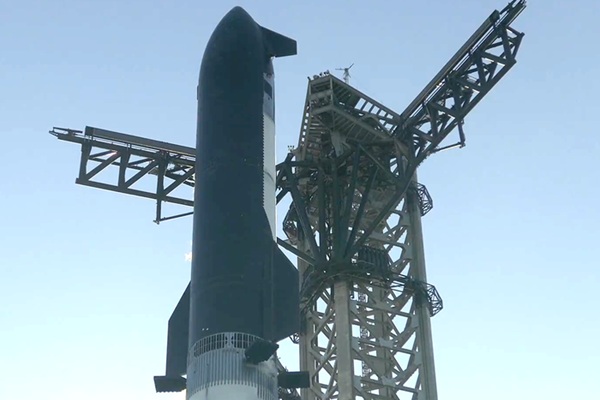
Starlink and SpaceX form the heart of Musk’s space infrastructure strategy. Starlink provides global internet coverage; SpaceX builds the rockets to get there—especially Starship, their fully reusable system.
- As of mid-2025, Starlink serves over 6 million active customers and has added 2.7 million in just a year. Download speeds often exceed 200 Mbps in the U.S. during peak times.
- Starlink’s latency has improved: median latency dropped from ~48.5 ms to ~33 ms in peak hours. Worst-case (p99) latency dropped more than 60%.
- Satellites in v1.5 include laser-based inter-satellite communicationing to reduce reliance on ground stations and lower latency. (This is consistent with reports that new Starlink models will route data space-to-space.)
- Starlink v2.0—the larger, more capable satellites—are waiting on Starship launches, as they are too big for Falcon 9 rockets.
- SpaceX’s Starship test flights continue to push boundaries. In August 2025, Starship launched and successfully deployed mock Starlink satellites via a novel “Pez”-style dispenser—its first use of that mechanism.
- The next Starship launch is scheduled for October 13, 2025, from Starbase, Texas, aiming to test heat shield reentry performance, engine relights, and the deployment of additional Starlink prototypes.
- SpaceX plans to launch Starship from Florida (LC-39A) later in 2025, pending environmental reviews.
- Musk has outlined plans to begin Mars mission launches in 2026, with ambitions to first land robotic probes, then send humans by 2028 (though analysts caution that this timeline is optimistic).
- According to Musk’s roadmap, the 2028 launch window may see ~20 Starships carrying cargo, robots, and possibly humans to Mars, gradually scaling up to hundreds per mission cycle.
Tesla & Battery Innovation
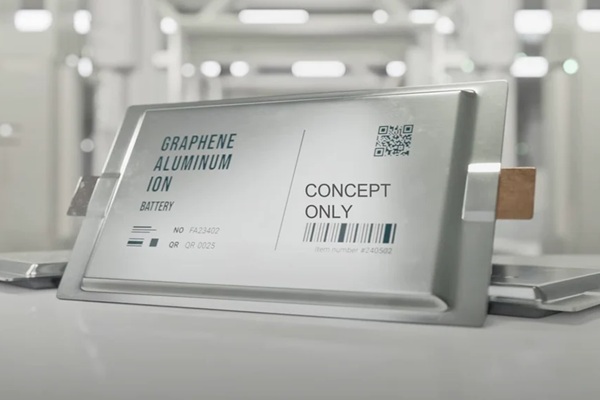
Tesla continues pushing the frontier in energy storage, vehicle technology, and grid systems—often in support of Musk’s other ventures.
- Tesla is reportedly developing new aluminum-based battery chemistries that promise faster charging, higher energy density, and lower volatility compared to lithium-ion designs.
- These new batteries could be used in Tesla cars, Powerwall home energy storage systems, and potentially in energy systems for SpaceX or Starship ground operations.
- Tesla is also advancing work on autonomous systems, Dojo supercomputing, and integration across its solar, battery, and vehicle systems to build an energy ecosystem.
The Boring Company
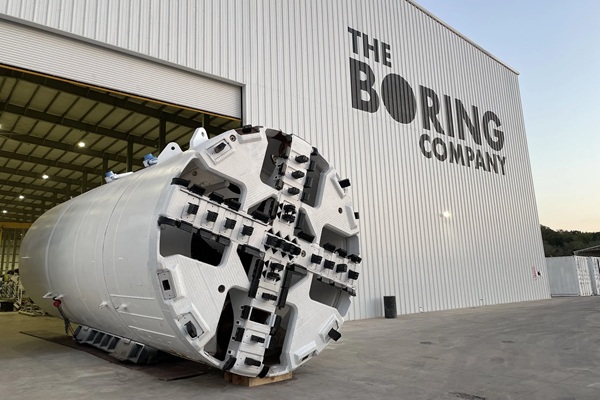
The Boring Company focuses on underground transportation and tunneling solutions to ease congestion in urban areas.
- Multiple tunnel proposals exist in cities across the U.S., including potential expansions or feasibility studies in places like Las Vegas, Los Angeles, and Texas.
- One practical ambition is the “Hyperloop” or ultra-high-speed underground transit, though progress has been slower and more incremental compared to Musk’s space and AI efforts.
Looking Far Ahead
Musk’s long-term vision includes making humanity multiplanetary, establishing lunar and Martian infrastructure, and fusing human intelligence with AI.
- Under NASA’s Artemis program, parts of the Moon’s surface will once again host humans. Musk expects Starship to play a role in lunar missions.
- SpaceX’s Mars colonization plan calls for gradual buildup of mission infrastructure. A common estimate is sending uncrewed Starships in 2026, preparing sites in 2027, then beginning crewed missions as early as 2028 or 2029.
- Musk’s “city on Mars” vision could eventually require 1,000–2,000 Starships operating in Earth-Mars exchange windows, each carrying 100–200 people, over many years.
- All of these projects face major scientific, engineering, regulatory, and financial challenges. Analysts caution that even with Musk’s ambition and resources, timelines will likely slip. However, many regard the overall architecture—AI + space + energy—as coherent and groundbreaking.
Conclusion
Elon Musk’s projects span a dizzying range: social media, AI, biotech, space, energy, infrastructure. Some ideas (like MacroHard or Grokipedia) are still in concept phases, while others (Starlink, Neuralink implants) are showing real progress. Whether all succeed or not, Musk’s influence and scope continue pushing the boundaries of what many consider possible.

